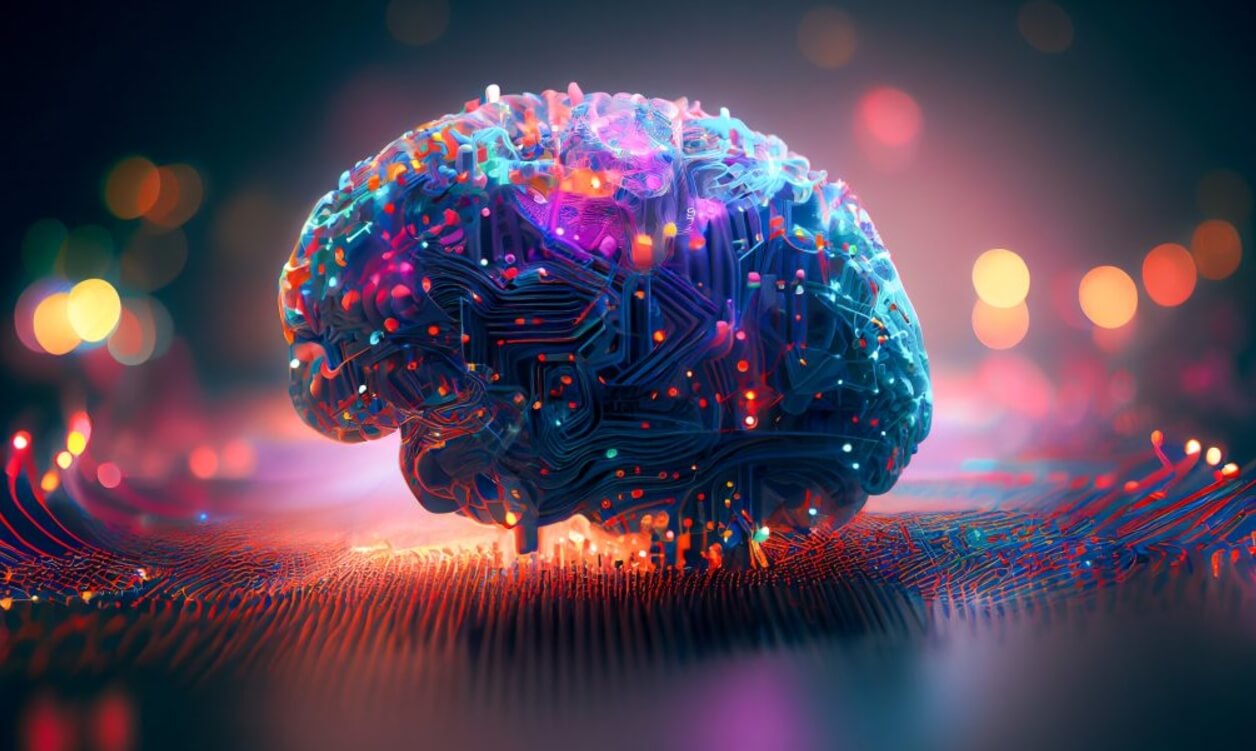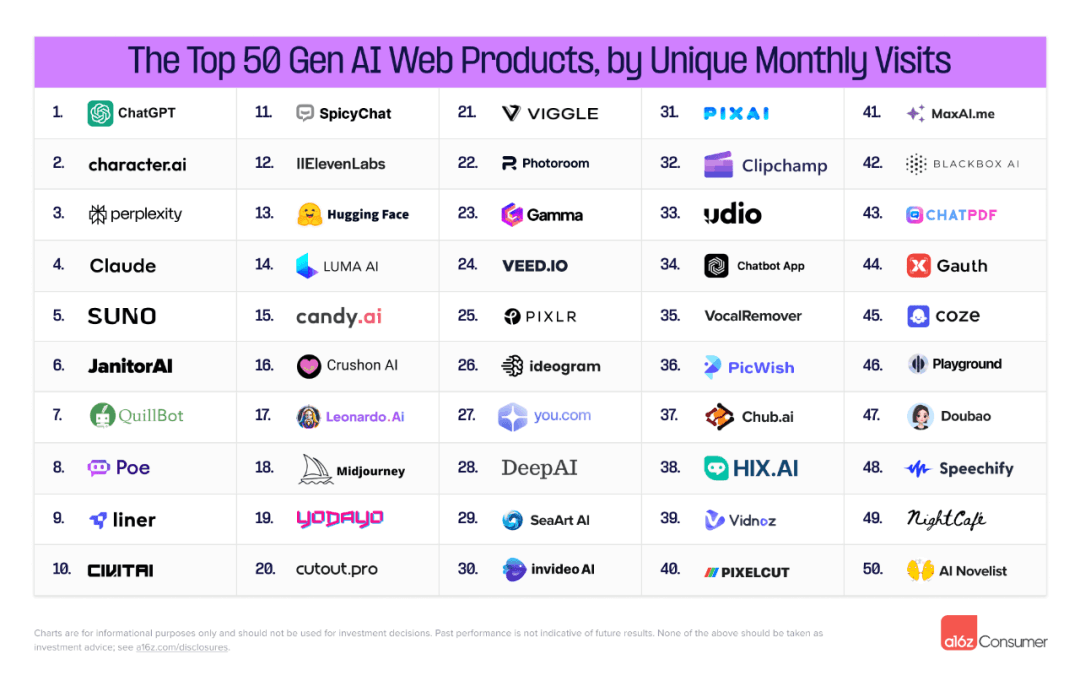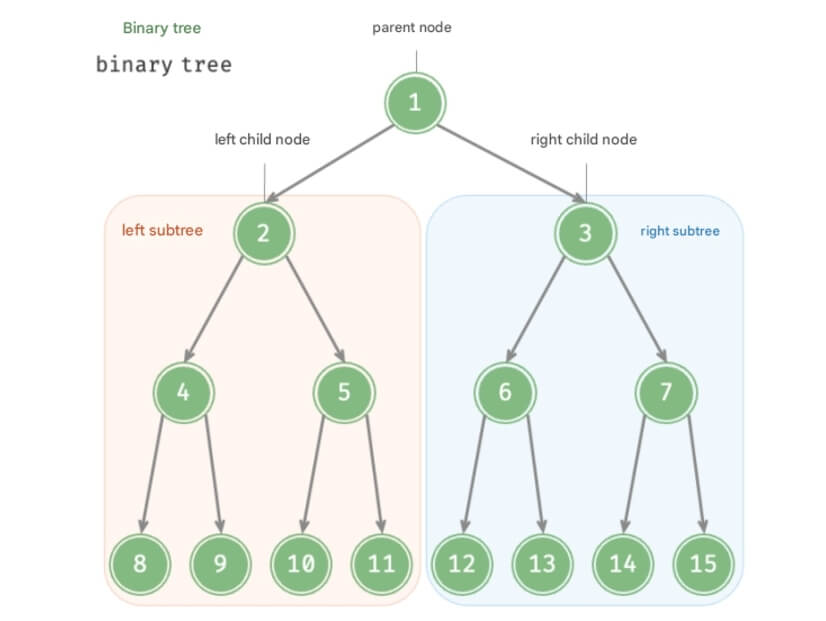With the rapid advancement of technology, artificial intelligence (AI) has transitioned from laboratory experiments to real-world applications, reshaping various industries at an unprecedented speed. AI not only demonstrates immense potential in traditional sectors such as healthcare, finance, and manufacturing but also increasingly integrates into daily life, enhancing the efficiency and convenience of work and living. This article explores AI's development and current state, discusses its prospects and challenges in key application areas, and analyzes the profound impact AI technology may have in the future.

I. The Development and Current State of Artificial Intelligence
The concept of artificial intelligence was first introduced by John McCarthy in 1956, with early research focusing on enabling machines to "learn" and "make decisions." Progress in early AI technology was constrained by limited computational power and data resources, relying heavily on pre-set rules and algorithms with narrow application ranges. However, with advancements in computing power, algorithmic breakthroughs, and the rise of big data technologies, especially the transformative progress in deep learning in the 2000s, AI entered the "machine learning" era and began to shine in various fields.
Since the 21st century, AI has matured and achieved remarkable accomplishments in multiple sectors. Today, AI applications span industries such as healthcare, finance, education, and industrial automation, with its value continually being uncovered and its scope expanding. Technologies like deep learning, natural language processing, and computer vision allow AI to excel in data processing and complex task execution. In particular, fields such as healthcare and finance benefit from AI’s ability to analyze and process vast amounts of data, driving traditional industries toward intelligent transformation, enhancing operational efficiency, and optimizing resource allocation.
II. AI Applications and Prospects Across Industries
1. Healthcare
In healthcare, AI significantly improves diagnostic efficiency and accuracy while introducing new approaches to personalized treatment and drug discovery. AI is primarily used for medical imaging analysis, disease prediction, and tailored treatments. For example, deep learning-based image recognition enables AI to efficiently process X-rays, CT scans, and MRIs. Trained on vast medical datasets, AI models accurately identify disease characteristics, assisting doctors in reducing misdiagnoses and missed diagnoses.
For personalized treatment, AI analyzes patient genetic data, medical histories, and lifestyle habits to create tailored therapeutic plans, significantly improving outcomes. Companies like 23andMe use AI algorithms to analyze genetic data from millions of individuals, offering personalized health recommendations. Moreover, AI accelerates drug discovery by aiding pharmaceutical companies in molecular screening, shortening development timelines, and providing innovative solutions to combat diseases.
2. Enterprise Management and Operations
In business operations, AI technologies enhance efficiency in data analysis, intelligent decision-making, human resource management, and supply chain optimization. Big data analytics helps companies identify market trends, optimize product strategies, and improve customer experiences. For instance, retailers and e-commerce companies use AI to analyze consumer behavior and provide personalized recommendations, driving the smart transformation of consumption models.
AI also plays an increasingly significant role in recruitment and HR management by automating resume screening and evaluating candidate backgrounds. This not only boosts recruitment efficiency but also reduces human biases. For example, IBM’s Watson evaluates employee data to assess performance and offer career development advice, further improving management efficiency. In supply chain management, AI predicts demand, optimizes inventory, and improves production processes, helping businesses reduce costs and minimize resource waste.
3. Finance
The financial sector is among the fastest adopters of AI technologies, excelling in risk control, fraud detection, and customer service. Financial institutions use AI to analyze massive volumes of transaction data in real time, identify potential risks, and provide precise risk management solutions. In fraud detection, AI recognizes anomalies in transactional behavior to detect possible fraudulent activities, safeguarding financial security.
AI also shines in personalized financial services. Banks and investment firms leverage AI to analyze customer financial histories and spending patterns, offering tailored loans, investment portfolios, and other services. By automating processes and delivering personalized recommendations, AI enhances service quality and optimizes client experiences. For example, Wells Fargo’s AI systems provide customers with financial advice and investment recommendations, greatly improving satisfaction.
4. Daily Life Applications
AI is gradually permeating daily life through smart voice assistants, autonomous driving, and smart homes, which have become staples of intelligent living. Voice assistants like Siri, Alexa, and Google Assistant help users manage daily tasks and provide quick services, greatly enhancing convenience. Smart home devices integrate with voice assistants, enabling remote control of lights, temperature, security systems, and more, making life more comfortable and convenient.
Autonomous driving is a major AI application in transportation. Companies like Tesla and Google have achieved breakthroughs that are transforming future mobility. Autonomous vehicles not only reduce traffic accidents caused by human error but also improve traffic efficiency and lower travel costs. As autonomous driving technology advances and becomes more widespread, future transportation systems will be more intelligent, environmentally friendly, and efficient, significantly enhancing the travel experience.
III. Challenges in AI Development
Despite its broad prospects, AI faces challenges related to technology, ethics, and legal frameworks. Addressing these issues will determine the direction of AI’s future development.
1. Technical Challenges
Data Privacy: AI relies heavily on large datasets for learning and training. Ensuring data privacy during processing has become a critical issue. Recent data breaches have heightened public concern over privacy protection. Future AI development must balance data utilization and privacy through transparent and compliant practices to ensure data security.
Algorithm Bias: AI systems may inherit biases from training data, leading to unfair decisions. For example, early facial recognition technology exhibited significant accuracy differences across ethnic groups, raising fairness concerns. Developers must consider algorithmic fairness by using diverse datasets to mitigate bias.
High Computational Costs: Modern AI models, such as large-scale language models like GPT-3, require immense computational resources, posing barriers for smaller enterprises and research institutions. Reducing computational costs is essential for promoting AI adoption.
2. Ethical and Legal Issues
Job Displacement: Automation powered by AI may replace certain repetitive roles, increasing unemployment risks. This is particularly evident in manufacturing and services. Governments and businesses must offer retraining opportunities to help workers acquire new skills for the AI era.
Legal Liability: When AI systems fail or cause accidents, determining responsibility can be complex. For instance, in autonomous vehicle accidents, is the owner, manufacturer, or developer accountable? Clear legal boundaries are needed through legislation.
Ethical Concerns: The misuse of AI in sensitive areas like military or surveillance poses ethical risks. For example, the deployment of AI-driven autonomous weapons raises moral questions. Establishing ethical guidelines aligned with human values is crucial to AI development.
IV. Future Trends in AI Development
Despite these challenges, AI’s future remains promising, particularly in smart cities, artificial general intelligence (AGI), and human-AI collaboration.
Smart Cities: AI will enable intelligent management of transportation, security, and energy in future smart cities. By analyzing data, AI can optimize public resource allocation and improve citizens’ quality of life. Real-time traffic monitoring and flow predictions will alleviate congestion and enhance efficiency.
Artificial General Intelligence: AGI aims to develop systems capable of multi-tasking and reasoning like humans. While current AI remains task-specific, advancements in big data and computing power are driving AGI research. AGI’s realization will broaden AI’s applications in complex scenarios.
Human-AI Collaboration: The future of AI lies not in replacing humans but in collaborating with them. In healthcare, AI can assist doctors with diagnostics; in industry, it can work alongside humans on complex tasks. This collaborative model aligns AI with human needs while fostering mutual advancement.
V. Conclusion
The rise of AI has profoundly transformed industries, from healthcare and finance to daily life, reshaping how we work and live. However, challenges related to technology, ethics, and law require collective societal efforts to address. With continued technological advancements and legal improvements, AI will better serve society and create smarter, more convenient lifestyles. By proactively tackling challenges and utilizing AI responsibly, humanity can embrace an era of intelligent connectivity.







